Fermentation Practices in Traditional Danish Cooking
11 min read Explore Denmark's rich fermentation traditions, highlighting techniques and culturally significant fermented foods that shape Danish culinary heritage. August 03, 2025 03:05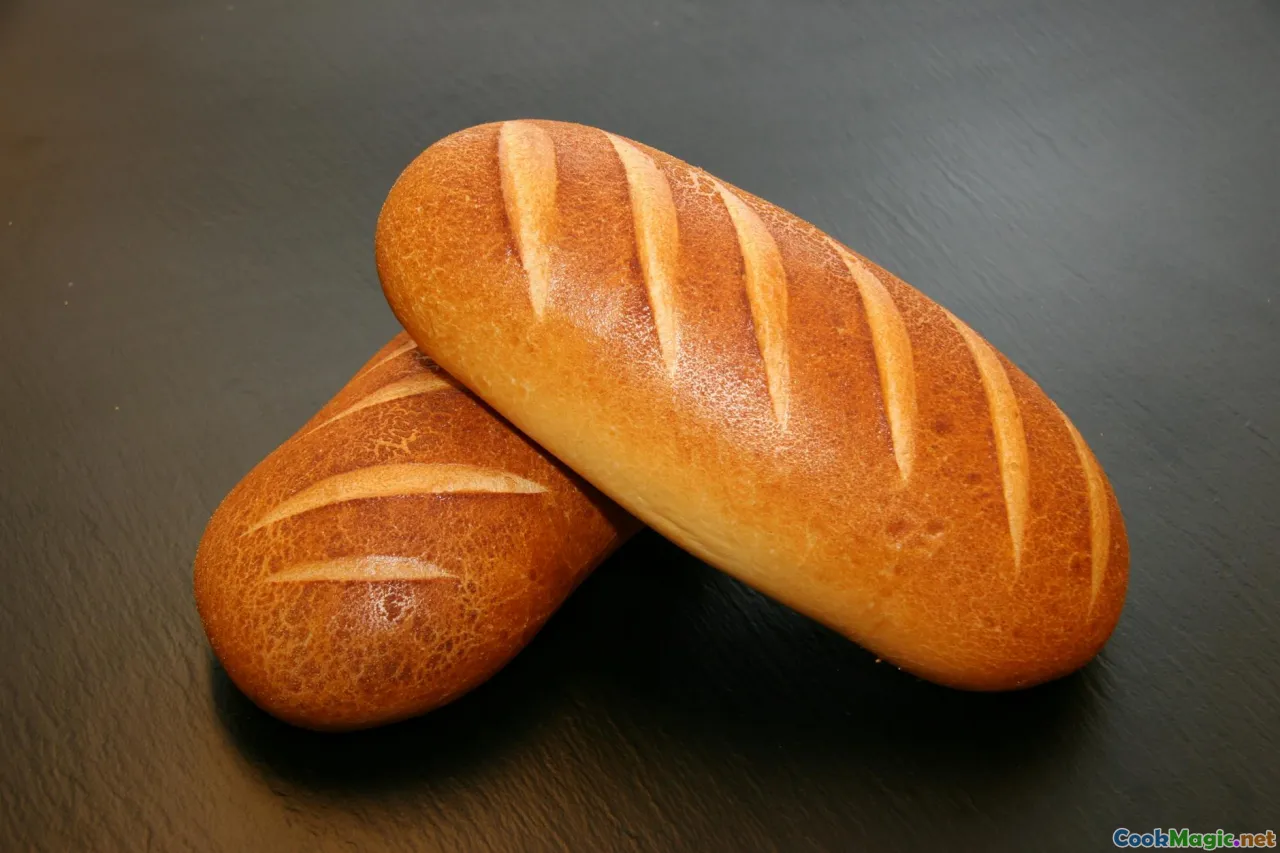
Fermentation Practices in Traditional Danish Cooking
Imagine walking through the narrow, cobbled streets of Copenhagen in early spring, the air filled with the tangy, complex aromas of fermented foods that have quietly sustained Danish communities for centuries. Fermentation is not just a culinary technique here—it’s a living testament to resilience, resourcefulness, and a love for layered flavors deeply embedded in Danish culture.
In this exploration, we will embark on a journey through Denmark’s fermentation traditions, diving into age-old practices that have shaped beloved dishes, preserved seasonal bounty, and fostered a unique culinary identity rooted in the land, sea, and people.
The Historical Roots of Danish Fermentation
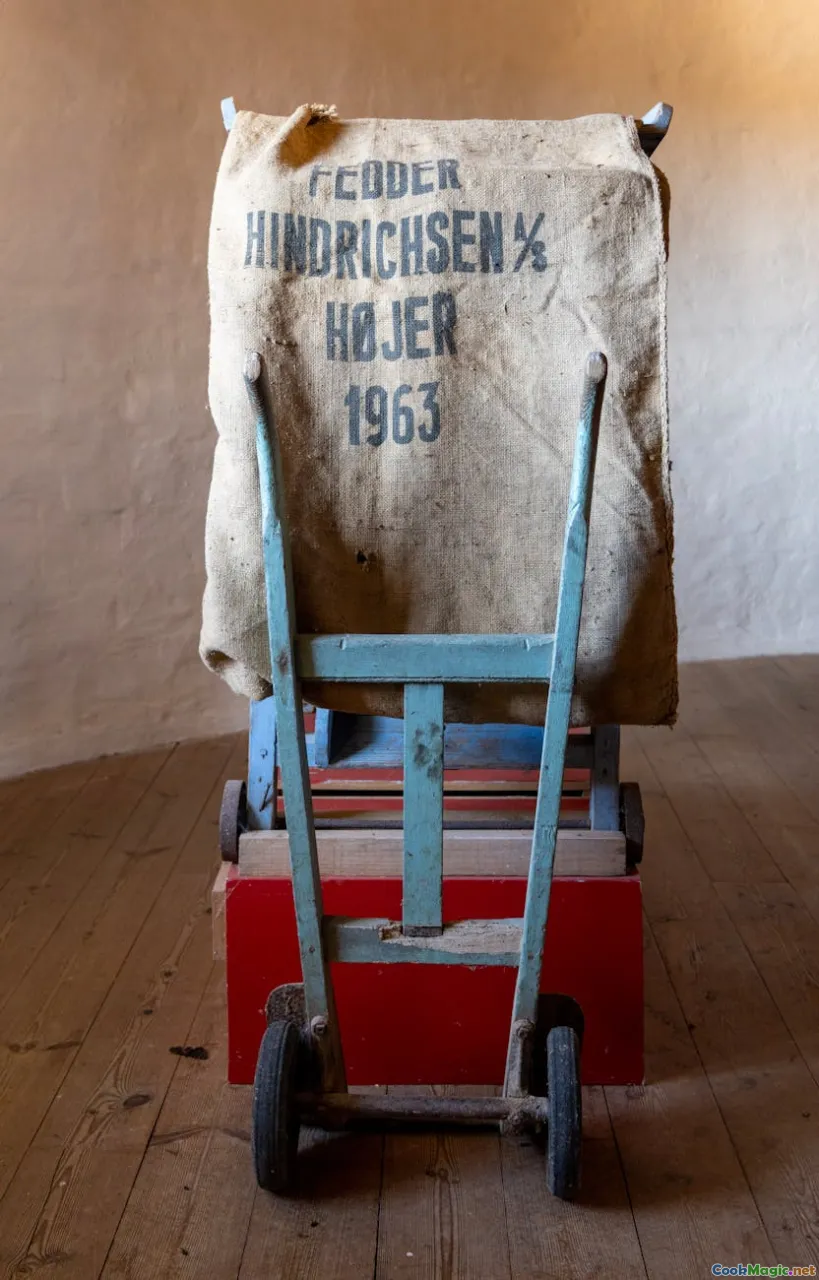
Danish fermentation practices stretch back to ancient times when preservation was essential for survival through long, dark Scandinavian winters. Farmers and coastal communities discovered that fermenting vegetables, dairy, and fish not only extended their shelf life but also enriched their diets with vital nutrients and extraordinary flavors.
In the days before refrigeration, methods like lacto-fermentation allowed peasants to preserve surplus vegetables and homegrown cabbage, transforming them into staples like sauerkraut—
| Traditional Danish Sauerkraut |
By fermenting the cabbage with salt and beneficial bacteria, they created a tangy, crunchy side dish that still accompanies modern Danish smorgasbord and hearty stews.
Danish fishing villages developed their own fermentation techniques to safely store and flavor fish, especially in the form of surstrømming, though less famous internationally, the traditional fermented fish called lur—a kind of fermented herring fermented with salt and time—has historically been a crucial source of protein during winter months.
Classic Danish Fermented Dishes and Their Techniques
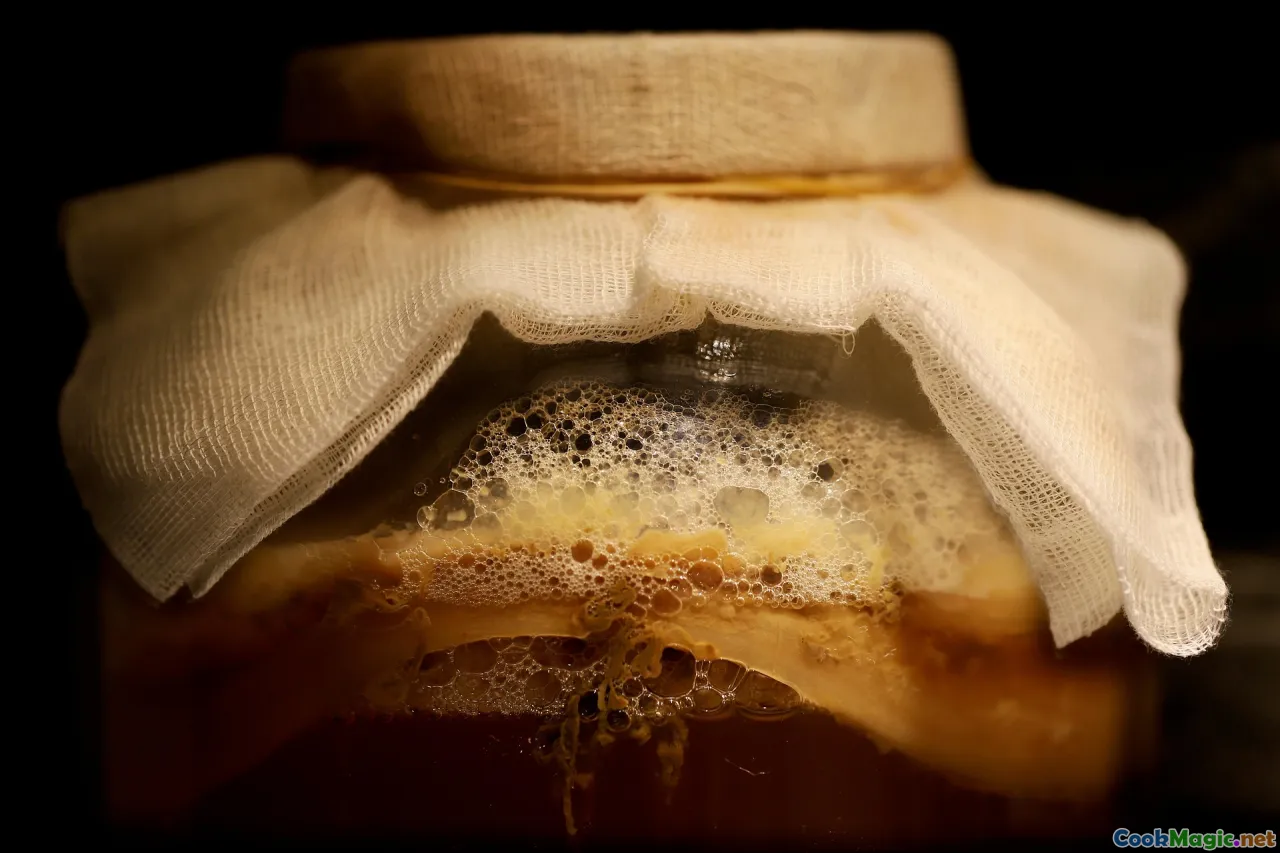
Surstrømming and Fermented Fish
While surstrømming is more associated with Swedish cuisine, Denmark has historically enjoyed its own fermented fish varieties. The process involves fermenting whole fish with salt in barrels for months at controlled temperatures. The result is a pungent, deeply flavored fish with umami-rich layers—an acquired taste that exemplifies Denmark’s fermentation ingenuity.
Sauerkraut and Fermented Cabbage
Perhaps Denmark’s most iconic fermented vegetable, sauerkraut exemplifies simplicity and brilliance. Danish farmers traditionally cut cabbage, sprinkle it with salt, and pack it tightly into barrels or crocks, where natural fermentation takes over. Over weeks, the cabbage develops a tangy, sour depth—crisp, bright, and bursting with aroma.
Modern Danish cooks often enhance this base with caraway seeds, juniper berries, or apples, nodding to regional flavors.
Traditional Butter and Yogurt Fermentation
Dairy fermentation is also a cornerstone. Old Danish dairy farms used naturally occurring lactic bacteria to produce homemade buttermilk, filmjölk, and yogurt-like products called skyr. These had a creamy, slightly tart profile and were crucial for breakfast tables, especially when fresh milk was scarce during winter.
A step-by-step Look at Danish Fermentation Practices
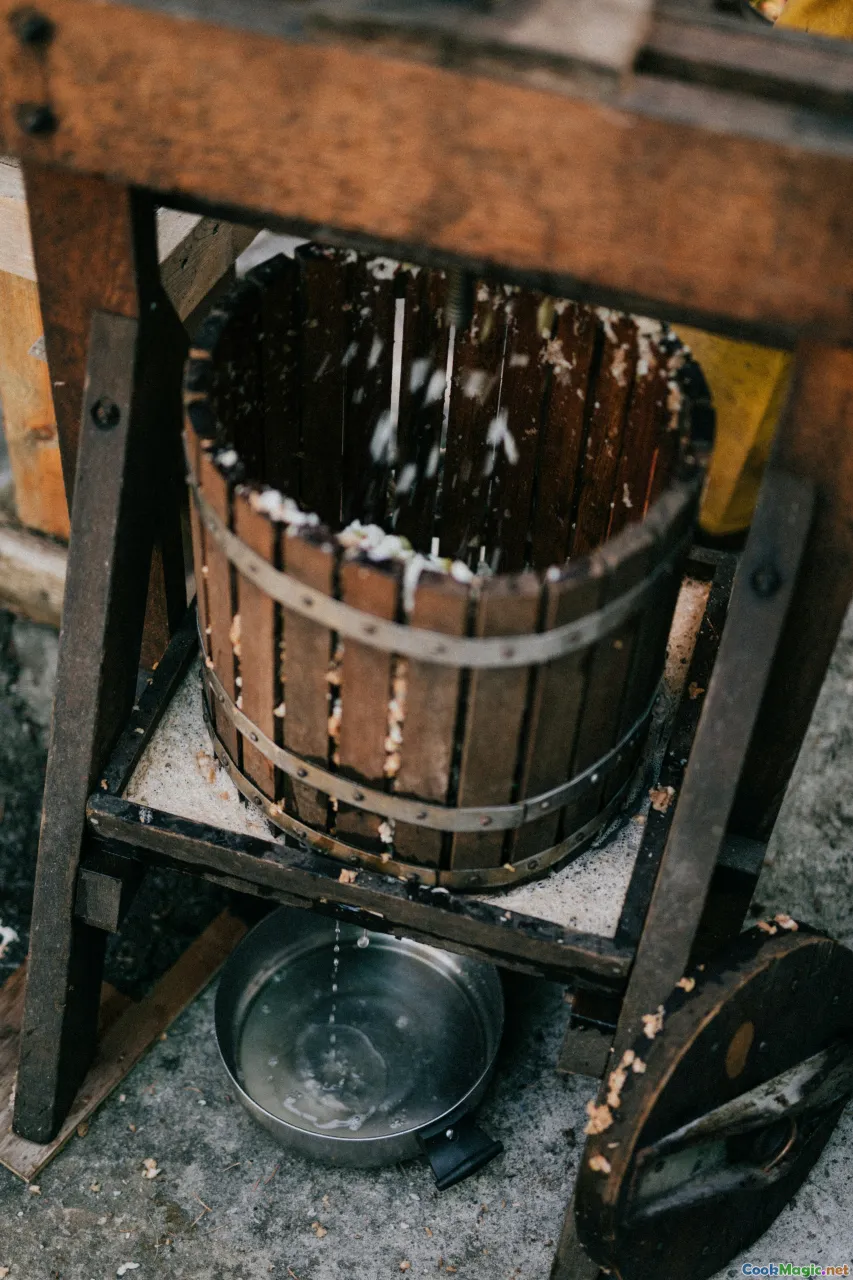
Making Sauerkraut the Danish Way
Ingredients:
- 1 medium-sized cabbage (preferably Danish white or green)
- 1-2 tbsp sea salt
- Optional: Caraway seeds, sliced apples or juniper berries
**Process:**1.Shred the cabbage finely, discarding the core. 2. Mix with salt in a large bowl, kneading it gently to release juices. 3. Add optional spices or fruits for regional variations. 4. Pack tightly into a clean fermentation crock or jar, pressing down firmly to eliminate air pockets. 5. Weigh down with a fermentation weight or a clean plate to keep cabbage submerged. 6. Cover loosely and leave at room temperature for 1-3 weeks, checking regularly. 7. Taste test after a week. Once it reaches the desired tanginess, transfer to the refrigerator to slow fermentation.
Fermentation of Fish: The Danish Approach
This technique requires patience. Fish are gutted, salted generously, and layered in barrels. The salt draws out moisture and fosters lactobacilli growth, turning the fish into a preserved, tangy delicacy over several months. Post-fermentation, the fish may be cured further or used in traditional dishes like pickled fish salads.
Cultural Significance and Modern Revival

Fermentation in Denmark is more than preservation; it’s a celebration of resilience and ingenuity. Today, a new generation of chefs and home cooks is revisiting these age-old techniques, blending tradition with innovation.
In Copenhagen, the annual fermentation festival “Syrup & Brine” showcases local artisans, fermenting everything from vegetables to wild breads and craft kombuchas inspired by Danish ingredients. Workshops delve into the science behind fermentation, emphasizing health benefits like probiotic support and gut health.
Culinary pioneer Claus Meyer, co-founder of Noma, often speaks about fermenting as a vital culture still pulsing through Danish cuisine—transforming humble ingredients into complex, deeply satisfying flavors. Modern Danish restaurants now incorporate fermented elements—think tangy yogurt sauces, fermented root vegetables, or umami-rich fermented fish—all paying homage to this rich heritage.
The Emotional Tie Between Fermentation and Danish Identity

For Danes, fermentation is more than technique; it’s a cultural act that connects generations. Passing down recipes, fermenting together in kinship, and sharing a spoonful of tangy sauerkraut or a piece of fermented fish at the table nurtures community, history, and a sense of place.
At rural farmhouses, families still gather around open kitchens or verandas, fermenting barrels of vegetables or dairy, feeling the tactile joy of working with natural elements. These ancient practices foster patience, respect for seasonality, and an appreciation for the land’s generosity.
Practical Tips for Bringing Danish Fermentation into Your Kitchen
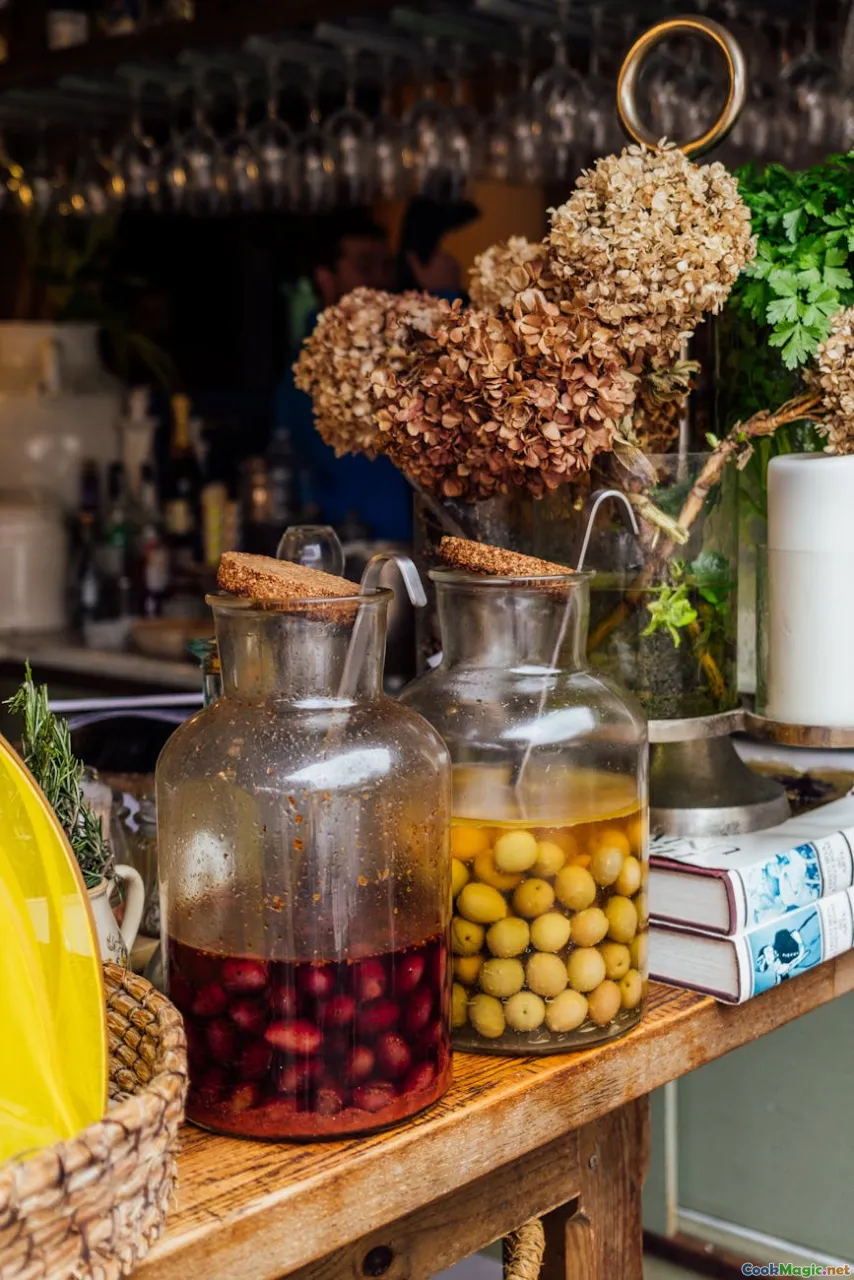
- Start Simple: Begin with sauerkraut or pickled vegetables; they’re forgiving and quick to enjoy.
- Use Quality Salt: Unrefined sea salt preserves flavors and fosters beneficial bacteria.
- Embrace Patience: Many Danish ferments develop their depth over weeks—resist the urge to rush.
- Mind Temperature: Keep ferments at stable, cool room temperatures (15-20°C) for optimal results.
- Experiment Locally: Incorporate regional herbs, apples, or wild vegetables to create your own Danish-inspired ferments.
The Future of Fermentation in Danish Cuisine

As Denmark continues to excel at culinary innovation, fermentation remains a cornerstone—both as a nod to tradition and a front line of experimentation. Food scientists and chefs are exploring new territories, such as fermented Nordic berries, seaweed, and indigenous herbs, elevating local ingredients into complex, sustainable flavors.
At Noma and other avant-garde Danish eateries, fermented elements are integral—highlighting the beauty of transformation, respect for nature, and the magic of natural microbial processes.
Danes understand that deeper flavors, improved preservation, and health benefits all stem from this ancient art—an ongoing dialogue with history, nature, and community.
In a world eager for authentic and sustainable food stories, Denmark’s fermentation practices offer a delicious blueprint—rooted in resilience, imbued with tradition, and thriving in innovation.
Embarking on your own fermentation journey inspired by Danish traditions can enrich your culinary repertoire and connect you to a rich cultural narrative. The tang, aroma, and texture of these preserved foods carry stories of seasons, land, sea, and thousands of years of ingenuity—all worth savoring with patience and curiosity.









